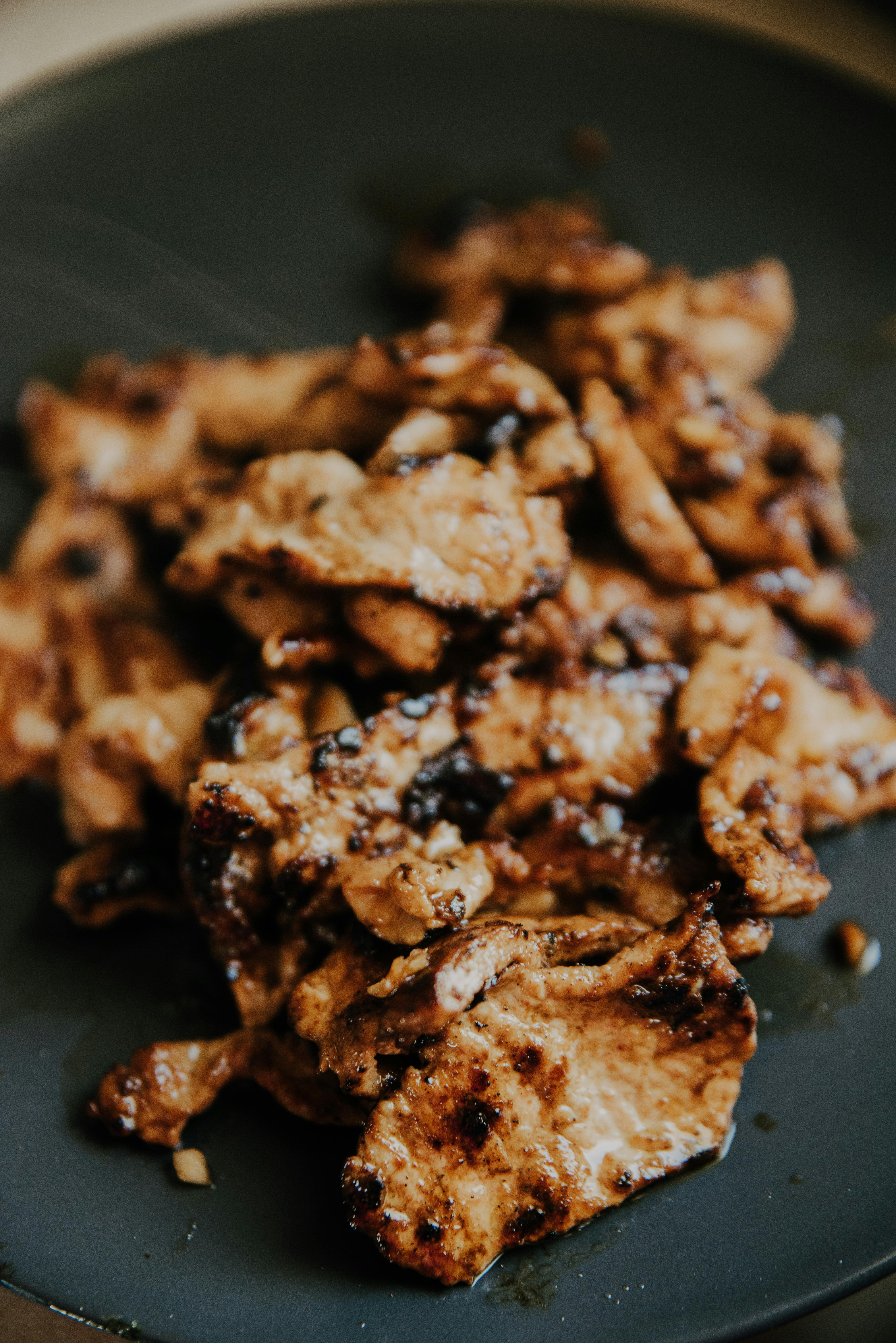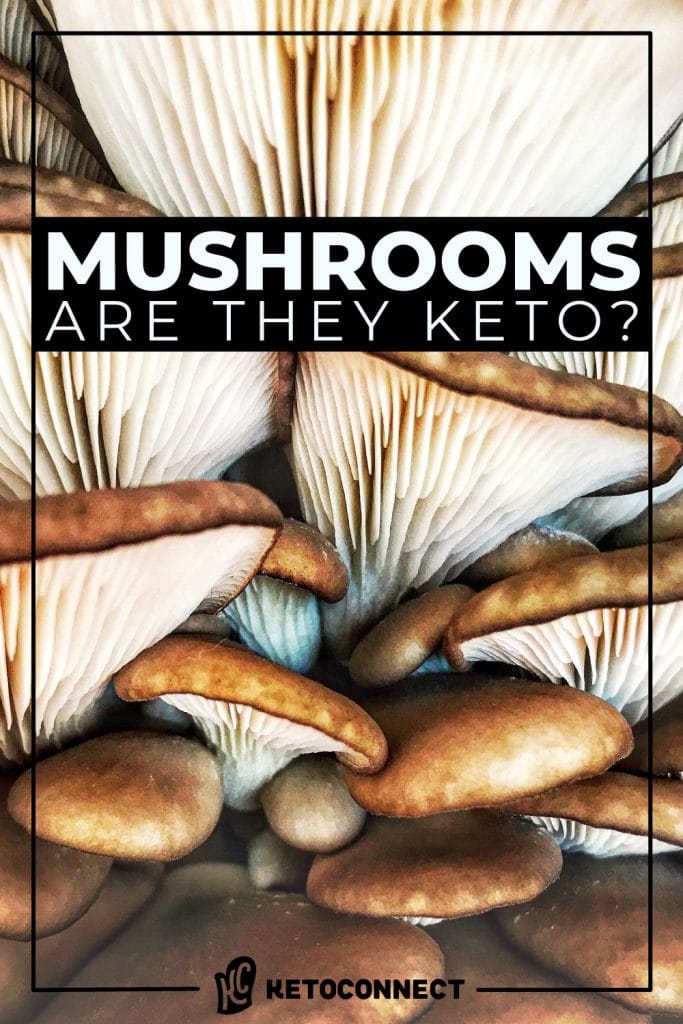Essential Guide to Keto Fiber Options for Optimal Health
The ketogenic diet continues to be a popular choice for those looking to lose weight and improve overall health. However, one aspect that often gets overlooked is fiber intake. Fiber is a crucial part of any diet, including a low-carb one like keto, as it aids in digestion, promotes satiety, and offers various health benefits. With the rising awareness and understanding of dietary fiber, it’s vital to explore the best keto fiber options available in 2025. This guide will delve into effective fiber sources that not only align with ketogenic principles but also support your wellness journey.
In this article, we will cover:
- The importance of fiber on a keto diet
- Top 5 effective keto fiber options
- Health benefits of fiber for weight management and digestion
- Incorporating fiber into your keto meal plan
- Practical tips for increasing fiber intake
Get ready to discover effective keto fiber strategies that can help optimize your health and support a successful ketogenic lifestyle.
Top 5 Keto Fiber Sources for a Healthy Diet
Building on the understanding of fiber's importance, let’s dive into the top five effective keto fiber options you can easily incorporate into your diet.
Psyllium Husk: A Soluble Fiber Superstar
Psyllium husk is a remarkable source of soluble fiber, widely known for its ability to aid in digestion and promote gut health. This dietary fiber absorbs water, helping to form a gel-like substance that can improve bowel regularity and keep you fuller for longer. With only 1 gram of net carbs per tablespoon, it fits seamlessly into any keto meal plan.
Incorporating psyllium husk is easy. You can mix it into smoothies, keto-friendly baked goods, or even sprinkle it on yogurt. Additionally, it acts as a thickening agent in recipes, providing both health benefits and a satisfying texture.
Experts recommend beginning with a small amount to assess tolerance, gradually increasing as your body adjusts.
Chia Seeds: The Nutrient-Dense Powerhouse
Chia seeds are another excellent source of keto-friendly fiber, offering an impressive 10 grams of fiber per ounce. These tiny seeds are packed with soluble fiber, providing numerous health advantages, including improved digestion and enhanced satiety. Chia seeds can absorb water, expanding to several times their original size, making them ideal for creating fiber-rich puddings or adding to smoothies.
They are versatile and can be used in various keto recipes, such as keto desserts or as an egg replacement in baking. Their unique ability to help balance blood sugar levels also makes them a fantastic addition to your ketogenic diet.
Flaxseeds: The Healthy Fat and Fiber Combo
Flaxseeds are celebrated for their rich, nutty flavor and high fiber content. They provide a whopping 11 grams of fiber per ounce, mainly due to their high soluble fiber content. This makes flaxseeds excellent for enhancing digestive health, promoting regularity, and even aiding in cholesterol management.
You can easily add flaxseeds to your diet by grinding them and incorporating them into smoothies, oatmeal, or keto bread. Besides their fiber benefits, flaxseeds are also rich in omega-3 fatty acids, making them a powerful superfood for heart health.
Almond Flour: The Low-Carb Baking Essential
Almond flour has become a staple in the keto community for its versatility and low-carb nature. Not only does almond flour provide healthy fats and protein, but it also contributes dietary fiber, with around 3 grams per ¼ cup serving. It’s a fantastic alternative to traditional flour for those adhering to a keto lifestyle.
Using almond flour in baked goods, like keto-friendly pancakes or muffins, can significantly increase your fiber intake while keeping carbs low. Its flavor enhances the overall quality of your keto meals, making every bite enjoyable and nutritious.
Coconut Flour: The Fiber-Rich Baking Alternative
Coconut flour is another excellent source of keto-friendly fiber, containing approximately 5 grams of fiber per tablespoon. It’s especially revered for its ability to absorb moisture, which can make your baked goods deliciously fluffy and high in fiber. Additionally, it is gluten-free, making it accessible for those with dietary restrictions.
You can use coconut flour in various keto recipes, from breads to desserts. Just remember to adjust your liquid ingredients, as coconut flour can alter the moisture balance in your recipes. This adaptable flour not only supports digestion but also adds a delightful coconut flavor to your meals.
Health Benefits of Fiber in a Keto Diet
With these top keto fiber sources in mind, it’s essential to understand their health benefits and how they promote optimal wellness. Fiber’s impact extends beyond basic digestion; it plays a significant role in weight management, gut health, cholesterol control, and overall vitality.
Supporting Digestive Health
A high-fiber diet is crucial for maintaining regular bowel movements and preventing constipation. Soluble fiber, like that found in chia seeds and psyllium husk, absorbs water and forms a gel-like consistency that supports smooth digestion. Incorporating these fibers helps ensure your digestive system runs effectively, which is often a concern on a low-carbohydrate diet where fiber sources are limited.
Weight Management Benefits
Fiber is instrumental in promoting satiety, which the keto diet aims to achieve through a high-fat approach. Fiber-rich foods help you feel full longer, reducing overall calorie intake and supporting successful weight loss. As you maintain a low-carb intake, having ample fiber will assist in curbing cravings and managing hunger, making it easier to adhere to your dietary goals.
Cholesterol Management
Among its many benefits, soluble fiber has been shown to help lower LDL cholesterol levels, which is particularly important for heart health. Foods like flaxseeds and psyllium husk can actively contribute to lowering cholesterol levels when part of a heart-healthy eating plan. This aids in reducing the risk of cardiovascular diseases while promoting overall heart health.
Incorporating Fiber into Your Keto Meal Plan
So how can you effectively incorporate these fiber-rich foods into your daily meals? Here are practical strategies for increasing fiber intake in your ketogenic lifestyle.
Meal Planning for Fiber-Rich Meals
To maintain a high level of dietary fiber, planning is essential. Consider creating a meal plan each week that emphasizes fiber-rich options. Include a variety of fiber sources across your meals to diversify your nutrient intake. This can be as simple as adding chia seeds to your morning smoothie or substituting almond flour for traditional flour in your baking.
Cooking Techniques for High Fiber Recipes
Experimenting with cooking techniques can also enhance your fiber intake. For instance, use flaxseed meal in pancakes or muffins, mix psyllium husk into sauces to thicken them, or substitute coconut flour in recipes requiring wheat flour. Utilizing these techniques ensures that your meals are not only low in carbs but high in fiber.
Practical Tips for Increasing Your Fiber Intake
Adjusting your diet to enhance fiber intake may require some changes to your eating habits. Here are actionable tips to get more fiber while following a keto diet.
Start with Small Increments
Gradually increase your fiber intake rather than overloading your meals with fiber-rich foods immediately. This will help your system adjust without discomfort. Start adding small amounts of high-fiber ingredients to your meals and snacks.
Stay Hydrated
Ensure you drink plenty of water throughout the day. Fiber absorbs water, and keeping yourself hydrated will help your body process the fiber efficiently, preventing any digestive discomfort.
Monitor Your Fiber Intake
Keep track of your daily fiber intake to meet your dietary goals. There are numerous applications available that help you log your food and fibers, ensuring you reach the recommended amounts. Aim for a balance between soluble and insoluble fiber sources.
Q&A: Understanding Fiber on the Keto Diet
What is the significance of fiber on a keto diet?
Fiber plays a crucial role in digestion and helps keep you feeling full, which is vital for weight loss and overall health while following a low-carb diet.
How can I tell if I am getting enough fiber?
Monitoring your fiber intake is essential. Aim for at least 25 grams daily for women and 38 grams for men. Adjust accordingly based on individual needs and feelings of satiety.
Are fiber supplements beneficial for keto dieters?
Fiber supplements can be beneficial if you struggle to meet your fiber needs through food sources. However, they should be an addition rather than a replacement for whole foods.
Which keto fiber sources are the best for digestion?
Both soluble and insoluble fiber sources, such as psyllium husk and flaxseeds, are excellent for promoting healthy digestion.
Can fiber help with keto-related constipation?
Yes, adequate fiber intake can help alleviate constipation by promoting bowel regularity. Always pair increased fiber consumption with adequate hydration.
By enhancing your fiber intake through these effective sources and practical strategies, you can optimize your health on a keto diet and enjoy the benefits that come with a well-rounded nutritional approach.
